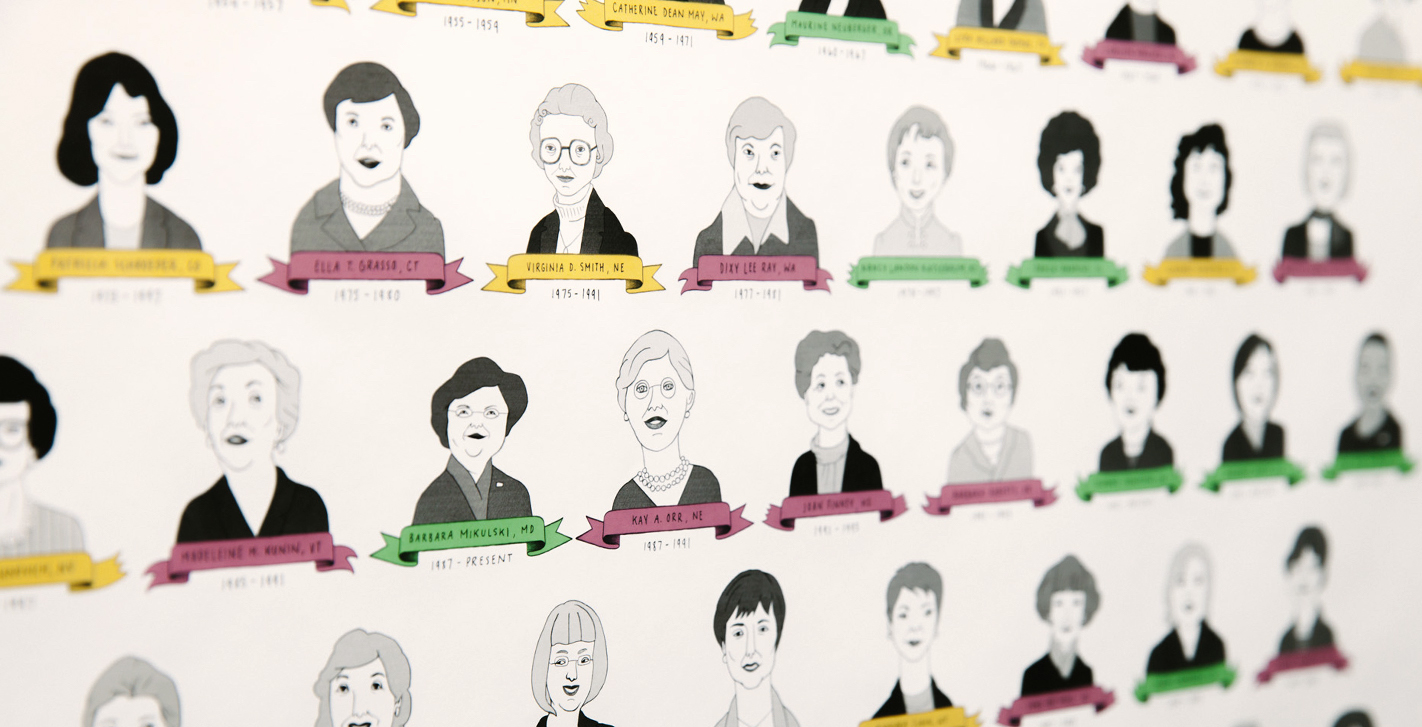

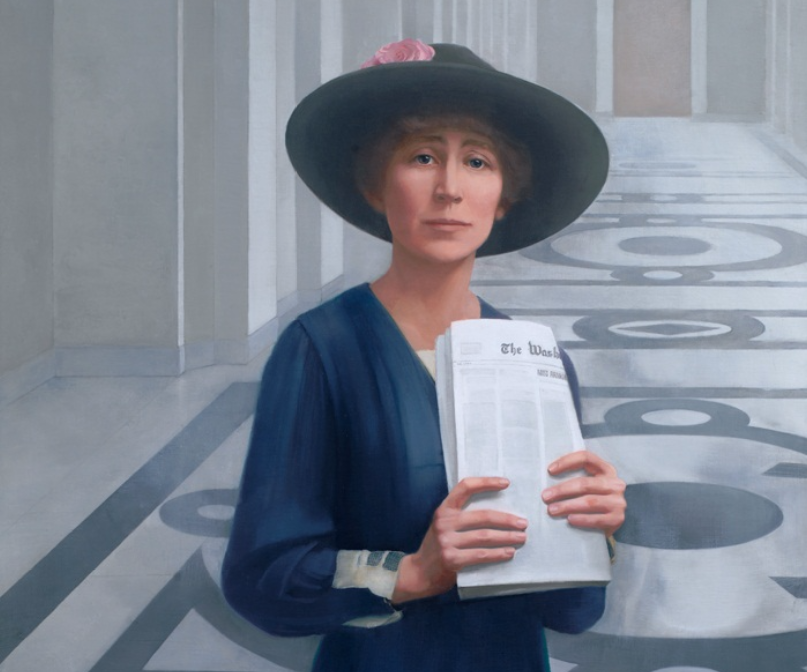
Incredibly, her achievement came several years before the passage of the Nineteenth Amendment, at a time when women's suffrage in the U.S. was a patchwork of state and local laws.
As Rankin put it, she was “the only woman who ever voted to give women the right to vote.”
To date, 45 states have elected female representatives, 27 have elected female senators, and 24 female governors. To celebrate their accomplishments, we created a poster showing the first woman elected to serve as governor, senator, and representative from each state.
The poster is now for sale*, and like all our poster projects, the proceeds will be donated to charity.
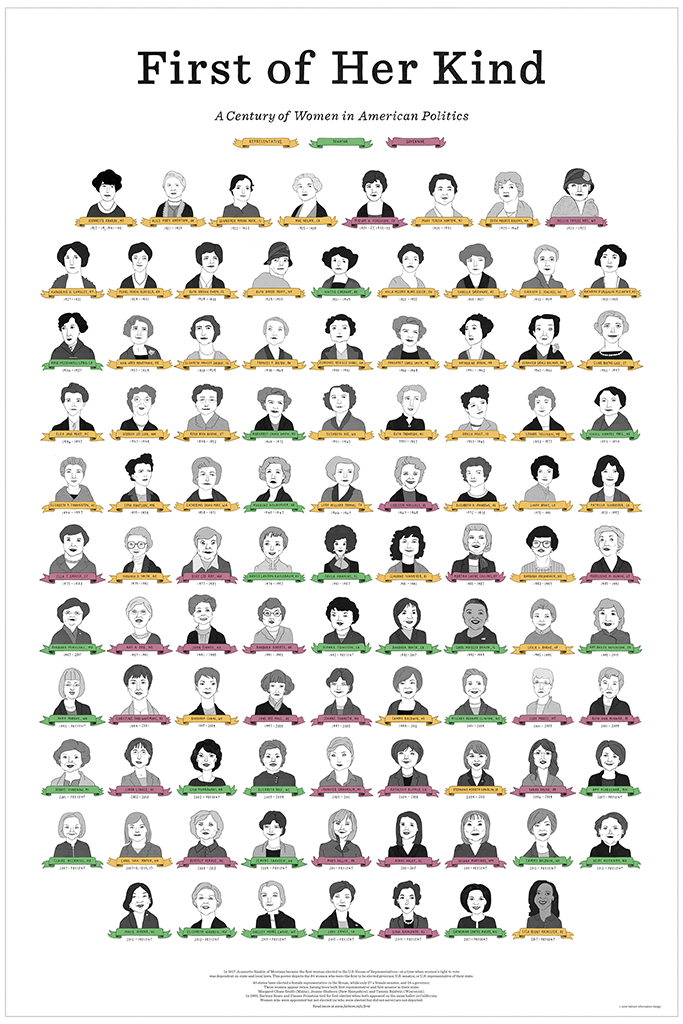
The past century has seen 392 women serve in these positions, but we wanted to put the focus on the women who broke the initial barrier of being elected by the state communities in which they lived. This is also why we chose not to include women who were appointed to their positions—we wanted to highlight the importance of the democratic process and how it might be shaped by changing perceptions of gender. It may not even seem that surprising that women have been elected to these positions, until you're reminded that this is just 100 years of our government's 240-year history, and that dozens of states still haven't had a woman serve in all three positions.
The colors used in the poster–purple, gold, and green–were inspired by the colors used by suffragists in the United States and United Kingdom. Purple represented loyalty and dedication to the cause of women’s suffrage, gold symbolized “the color of light and life,” and green stood for hope.
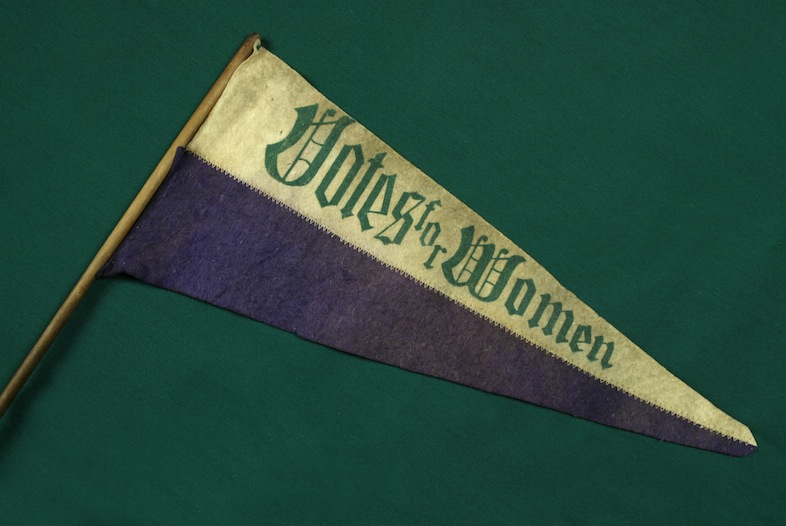
Three women appear twice on the poster because they were both the first female representative and first female senator from their state. They are Margaret Chase Smith of Maine, Jeanne Shaheen of New Hampshire, and Tammy Baldwin of Wisconsin.
Dianne Feinstein and Barbara Boxer of California were elected on the same ballot, so they're both included. (Feinstein began serving a few months earlier, because her seat was part of a special election.)

A few more things we learned along the way:
- Nine states have elected women to all three positions: Hawaii, Kansas, Louisiana, North Carolina, Nebraska, New Hampshire, Oregon, Texas, and Washington.
- Mississippi is the only state to have not elected a woman to any of these positions.
- Delaware just elected their first female representative to the House this year! Lisa Blunt Rochester will represent the state’s at-large district.
Edith Nourse Rogers became the first female representative from Massachusetts in 1925, and still holds the record for the longest-serving woman in the U.S. House of Representatives. She served until 1960, and sponsored more than a thousand bills, many focusing on veterans’ issues.

After a career in filmmaking, Ruth Bryan Owen was elected in 1928 as Florida’s first female representative. She served two terms and was later appointed by President Franklin D. Roosevelt as the ambassador to Denmark–the first woman to be appointed a United States ambassador.
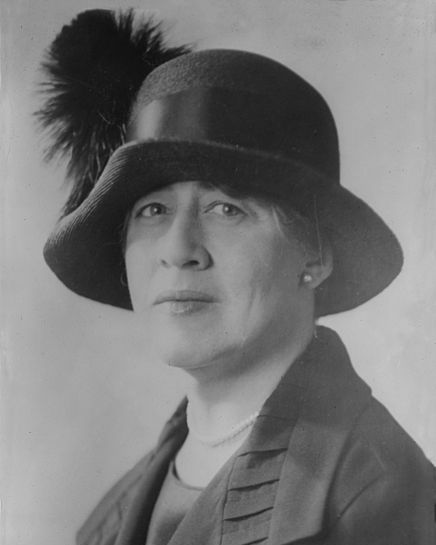
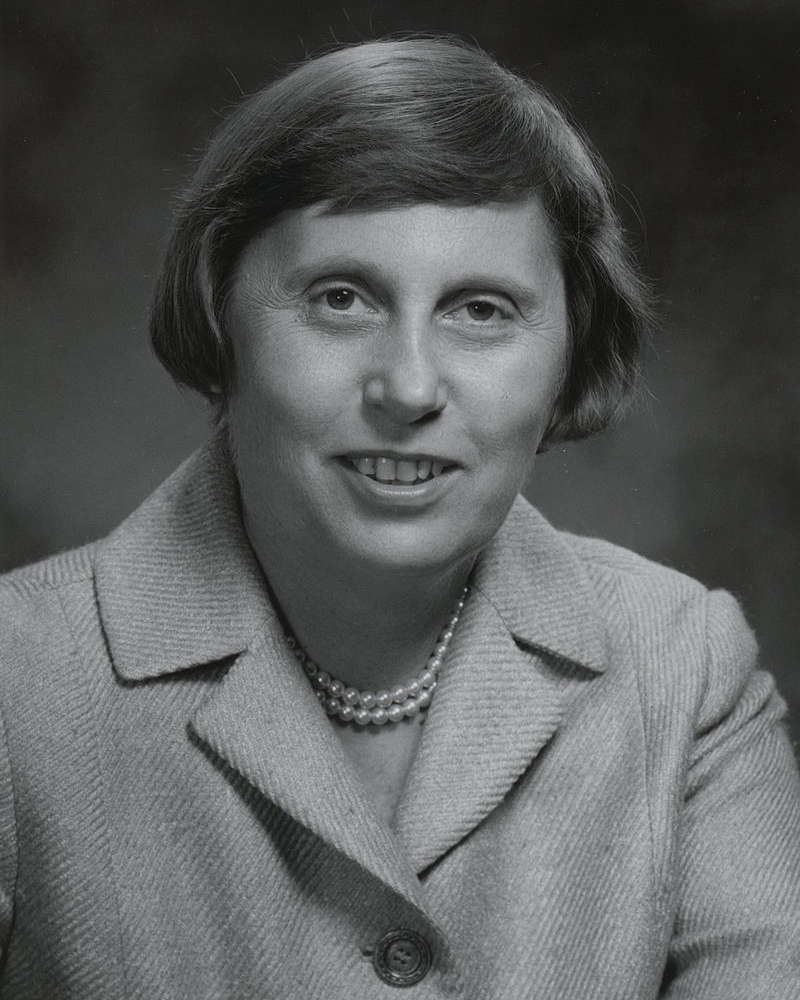
Ella T. Grasso of Connecticut had a decades-long career in politics. In 1955, she became the first woman to be elected Floor Leader of the Connecticut House of Representatives. In 1974, after serving two terms in the U.S. Congress, she opted to not run for reelection and instead ran for governor of Connecticut. She won, becoming the first female governor of Connecticut and the first female governor in the country who wasn’t a wife or widow of an ex-governor.
After a storied career including fifteen years in the Hawaii House of Representatives, eight years as Hawaii's lieutenant governor, and six years in the U.S. House of Representatives, Mazie Hirono became Hawaii's first female senator in 2012. She is also the first Asian-American woman in the Senate. Much of Hirono's work throughout her political career focused on advocating for pre-kindergarten education.
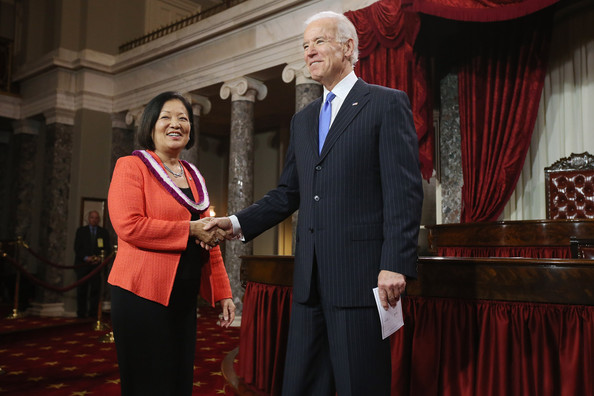
We hope you'll buy a print of the poster through the Fathom print shop* and help support some of the worthy causes that receive the proceeds. And we look forward to updating the poster with more firsts in the coming years.
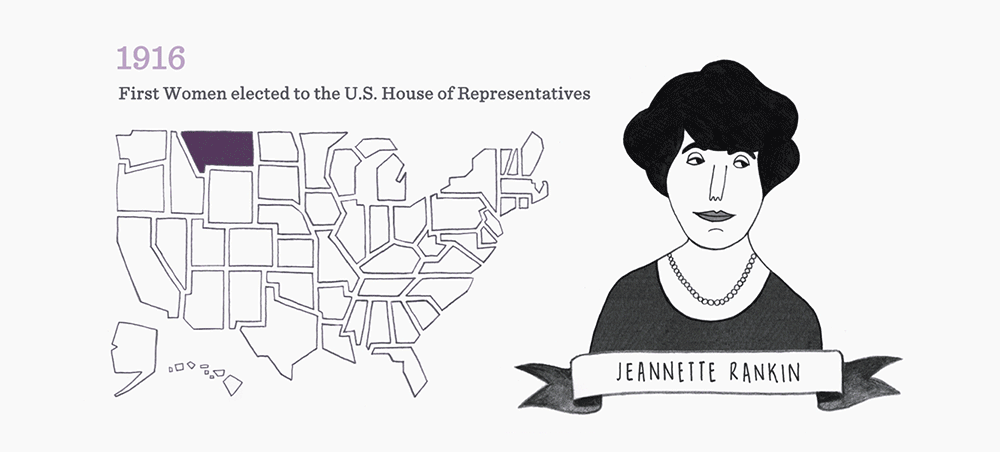
*As of 2022, we no longer sell our posters online, but office visitors may get a special goodie bag...
We’d love to hear what you’re working on, what you’re curious about, and what messy data problems we can help you solve. Drop us a line at hello@fathom.info, or you can subscribe to our newsletter for updates.